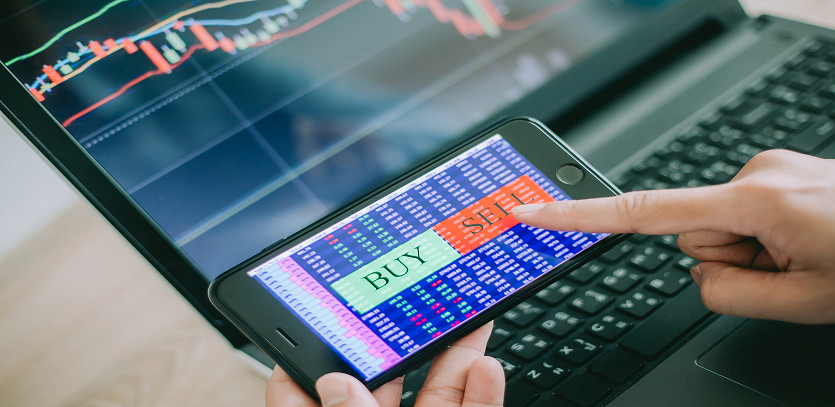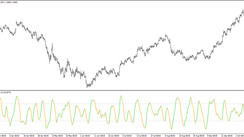Understanding Trading Signals
Trading signals are vital notifications that indicate to traders the opportune time to either purchase or offload a security. These notifications can be procured through an array of methods ranging from analytical methods, such as technical and fundamental analysis, to sophisticated avenues like machine learning. Trading signals serve as instrumental tools for traders across all proficiency levels, helping identify lucrative trading opportunities, ensure risk management, and enhance their overall trading efficacy.
The Mechanics of Trading Signals
Generally, trading signals are triggered when preset conditions are fulfilled. For instance, a signal stemming from technical analysis may be activated when there's a price surge above a moving average. Conversely, a signal based on fundamental analysis could trigger when a security surpasses EPS expectations. It's crucial for traders to exercise discretion on whether to follow these signals since their success isn't preordained. Even with the use of these trading signals, the inherent risk of losses in trading cannot be overlooked.
Spotting Opportunities With Trading Signals
Trading signals can help pinpoint a variety of trading options. These include:
Price reversals: When there's a predictable shift in the security's price direction, trading signals can spot this reversal, enabling traders to capitalize on short-term price fluctuations.
Breakouts: Trading signals can also detect when a security's price is set to transcend a trading range, allowing traders to take advantage of long-term price momentum.
Support and resistance levels: Traders can use trading signals to identify these levels, which play an integral role in setting stop-loss orders and take-profit orders.
Overbought and oversold conditions: Traders can leverage trading alerts to identify these conditions, providing potential trading opportunities.
Tips on Trading Signal Utilization
There are various strategies for employing trading signals. The simplest method is strictly adhering to the signals with no further scrutiny. However, this approach carries risks. Another method is using these signals as the basis for further analysis. For instance, a trader might use a signal to spot a potential trading opportunity, then perform further analysis to determine whether to act on it.
Lastly, trading signals can corroborate a trader's strategy. For example, if a trader identifies a potential trading opportunity, a signal can validate their findings. A multitude of trading signal indicators exist, including Moving averages, MACD, RSI, Bollinger Bands, Fibonacci retracement levels, and Ichimoku Cloud. The effectiveness of these indicators is dependent on the trader's strategy and the traded assets. Nevertheless, no indicator has a flawless success rate. Therefore, exploiting several indicators while conducting personal analysis can sometimes be the best strategy.
Choosing the Ideal Trading Signal Indicators
Several considerations should be made when selecting trading signal indicators:
Compatibility: Ensure the indicators are suitable for your trading platform.
Accuracy: Source indicators that show a consistent success record.
Complexity: Opt for indicators that are simple to comprehend and employ.
Exploiting Trading Signals - Some Helpful Tips
Here are a few suggestions on optimally using trading signals:
Implement multiple indicators: Avoid using a single trading signal indicator in isolation. Integrating a plethora of indicators can help to strengthen your signals.
Carry out personal analysis: Do not follow trading signals indiscriminately. Always conduct personal assessments before deciding to act on any signal.
Practice risk management: Employ risk management strategies - such as stop-loss orders and take-profit orders - to secure your capital.
Backtest your strategies: Conduct trial runs of your trading strategies before going live to identify potential flaws and refine them.
To conclude, trading signals are incredibly beneficial for traders - beginners and veterans alike. They can assist in identifying fortuitous trading opportunities, ensuring effective risk management, and improving general trading performance. However, it should be noted that trading signals do not guarantee profitability and must be implemented alongside personal analysis and risk management practices.





